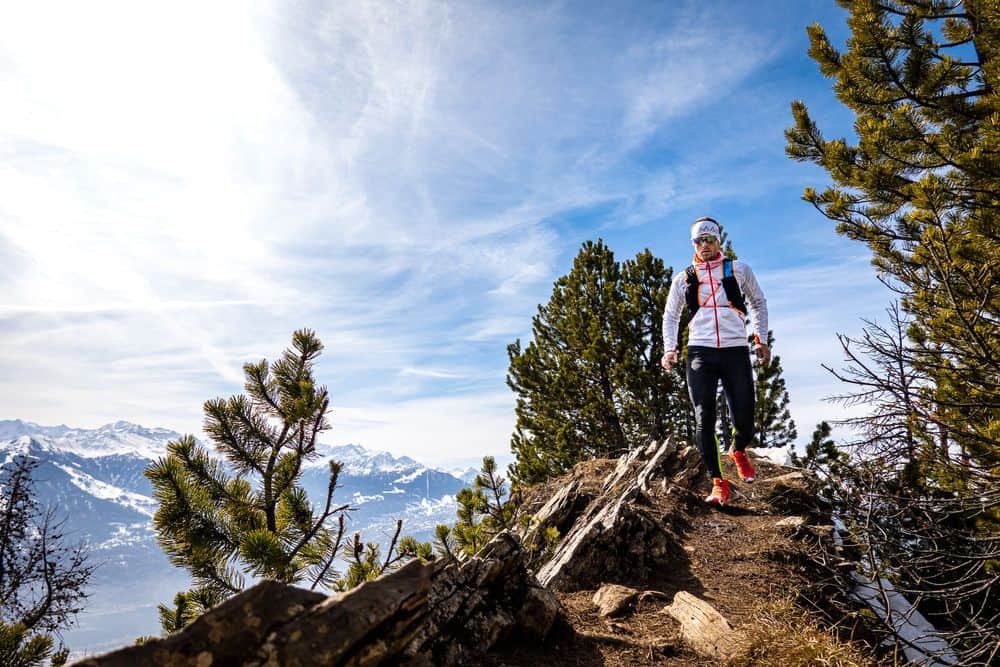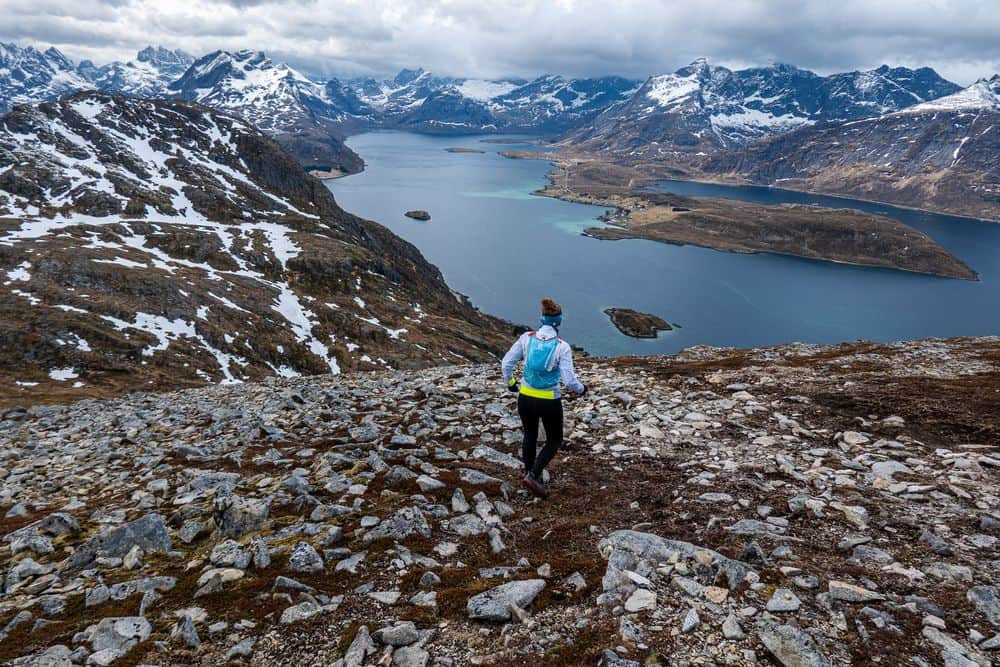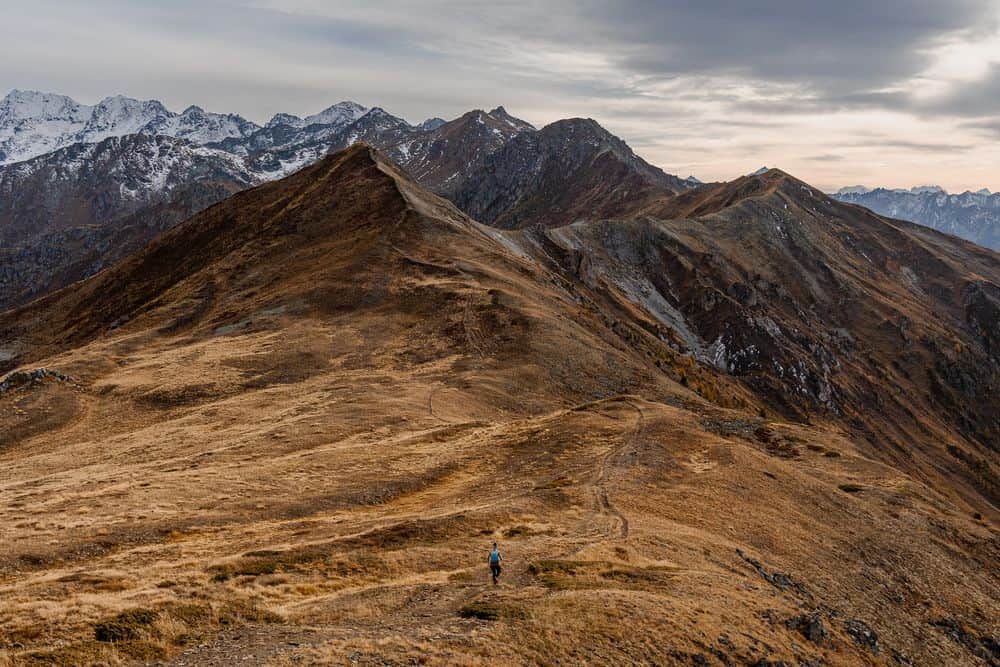It might be difficult to find an exact historical date for the first conscious running on trails. Our ancestors were probably already running on terrain that is not so dissimilar to today's hiking trails - but in all probability not for the fun of it and not with the modern, ultra-light, high-tech equipment that we use today. Let's set off to uncover the secrets of trail running and find out why it has become such a popular trend sport.
Trail running - a definition
Basically, the term trail running describes it quite well: trail running is athletic running (note, running is not walking!) away from tarmac paths and roads. When trail running, we move mostly on hiking trails or even in pathless terrain and thus open up destinations and regions that we could simply never reach on paved paths.
Trail running is a sporting manifestation of the ‘freedom to go wherever I want’ (Reinhold Messner), a conscious challenge and the pursuit of the flow of formally ‘flying along’ in the midst of unique landscapes. Yes, this flow doesn't always happen (what trail runner hasn't sneaked up the last few metres to a summit with their tongue on the ground and been overtaken by hikers) and sometimes the great freedom is ‘only’ the local fitness trail in the Forstwald forest twenty minutes from the front door. But the basic idea should be clear: When trail running, we consciously leave the paved paths and civilisation and immerse ourselves in a completely different scenery in a sporty way.
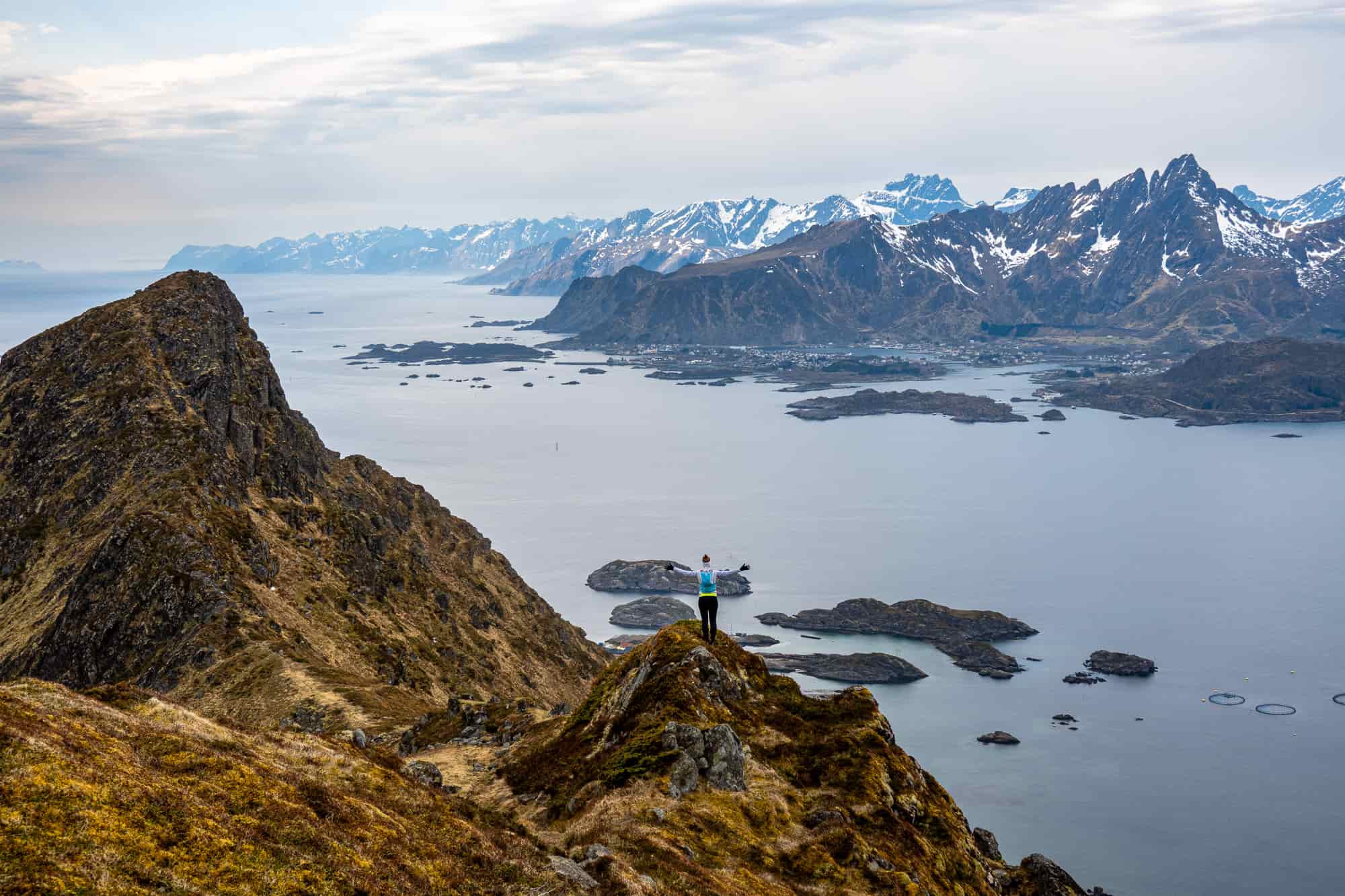
Incidentally, trail running is sometimes equated with mountain running. However, this is not necessarily correct, although many mountain runs are also trail runs due to the terrain. Nevertheless, you can of course do trail runs without having to cover a panic-inducing number of metres in altitude. You can find more information about vertical metres in trail running in this article.
The trend sport of trail running
In times of growing job dissatisfaction for many people and the increasing popularity of mountain sports, it's no wonder that more and more people are literally taking their first steps in trail running. You only need a manageable amount of equipment: a pair of off-road running shoes, reliable running clothing and a trail running rucksack for food and a first aid kit. With a manageable investment, you can open up a huge playground of possibilities. And while classic running is much more about times and distances, these tend to play a subordinate role in trail running. The focus is on consciously being outdoors, experiencing nature, perhaps reaching a summit or running a scenic route.
Trail running is a sport in which we hold the reins. We can put ourselves under pressure, but we can also control this pressure - a starting position that many people don't necessarily have in their professional lives. Many people who undertake trail runs are fascinated by the endless expanses of nature, by the distances that we can cover on our own two feet and are quite willing to put a lot of energy and strength into achieving these goals. People are looking for such challenges and, in combination with popular competitions, this has helped the niche sport of trail running to become better known in recent years.
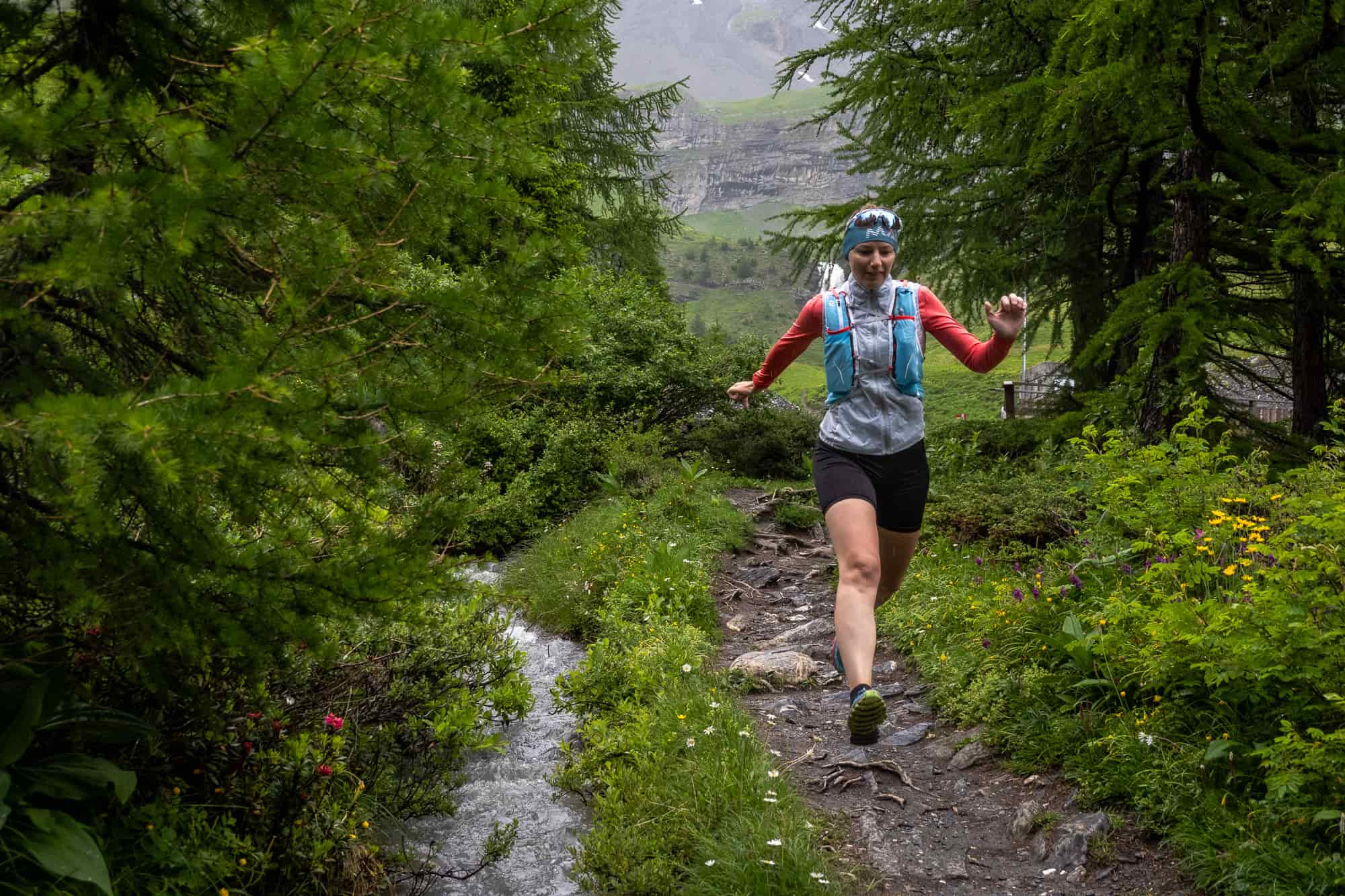
In addition to these more mental and tactical factors, the physical components also play an important role. In contrast to running on tarmac, trail running inevitably challenges our coordination, speed and ability to concentrate. The constantly changing surface forces us to react quickly to changing conditions, which is associated with increased strain on the muscles and the utilisation of a larger number of muscle groups than on the road.
A bit of history
You get an idea of how little trail running has been on the public's radar when you consider that the sport has only been recognised as an official discipline by the World Association of Athletics Federations since 2015.
From an evolutionary point of view, humans have a much more intensive running background than our average physical activity today would suggest. As hunter-gatherers, we are used to covering long distances at a slow pace from an early age. The question of whether forefoot running, midfoot running or heel running is the ‘correct’ running technique, which is a recurring theme in the running world, also provides clear indications of our ability to run: Just try running barefoot once and you'll realise that only if you're a confirmed masochist will you want to take more than a few steps on your heels before you automatically switch to forefoot running. If we think about today's shoes and go back to times when people had to run barefoot, it quickly becomes clear that we have a considerable history of running that could not have taken place on paved paths thousands and thousands of years ago.
A summary
There is not the one definition of trail running, that much should be clear. If you're running on the road, it's probably not trail running (but that doesn't make it wrong or uncool). If, on the other hand, you are running off-road on hiking trails or unpaved terrain, it is likely to be a trail run.
Our very personal ‘definition’: Does it feel very remote, are you travelling in an impressive landscape and is it somehow quite strenuous? Do you tend to meet few people and if you do, do they wear hiking clothing or look like a mountain dweller? In this case, welcome - you are most likely already active in trail running and hungry for altitude metres and kilometres in the midst of our impressive nature.
By the way: in our trail running courses or individual coaching you will learn a lot more information and get a lot of practical input on the subject of trail running.

